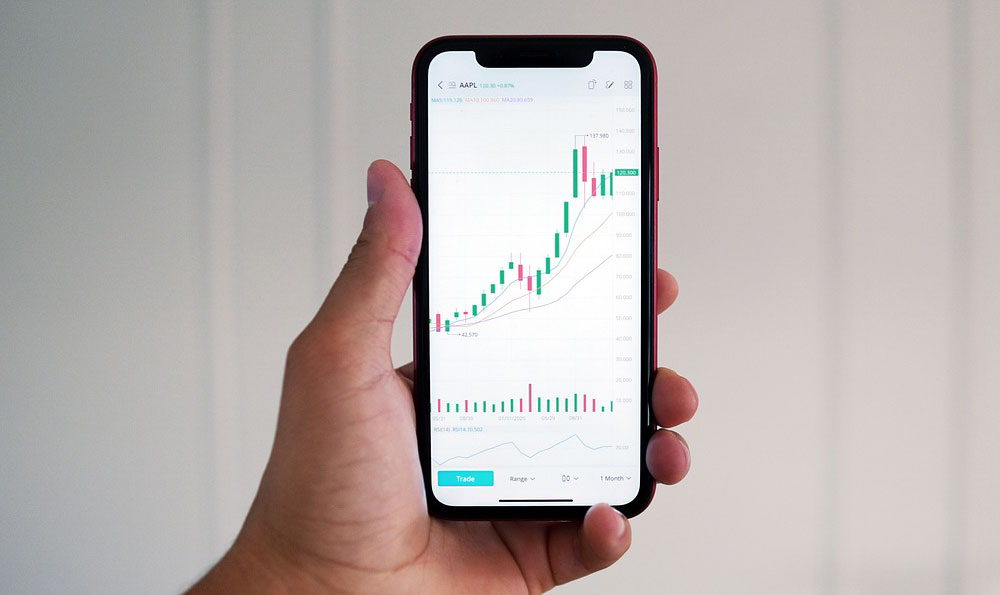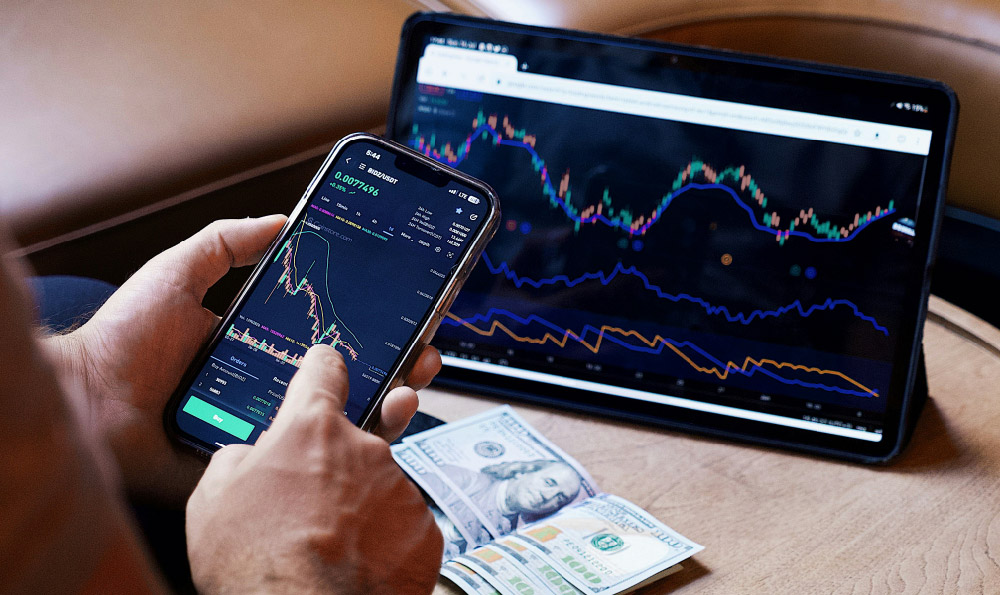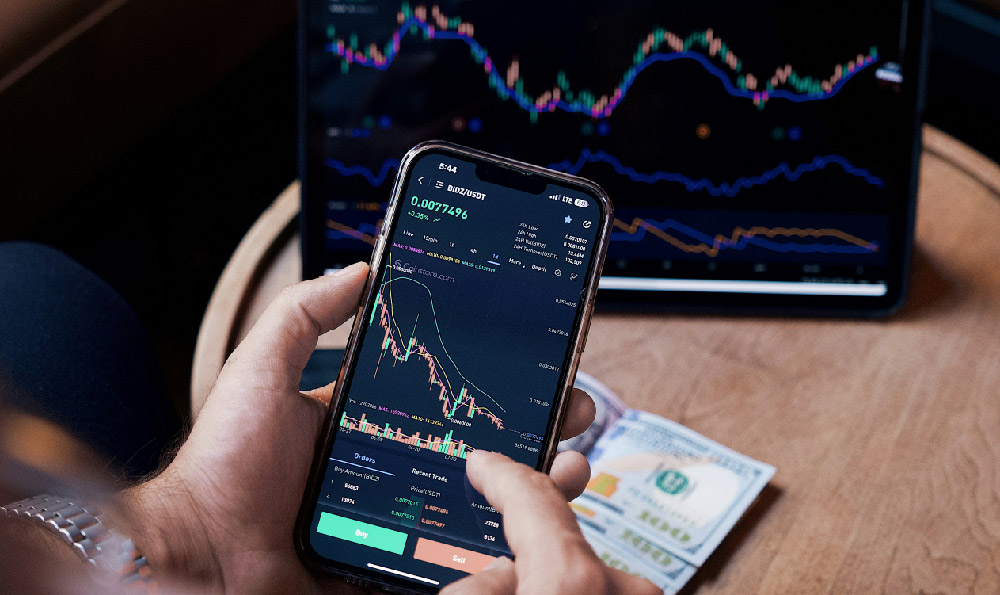The narrative of J.P. Morgan's financial ascent offers a compelling case study for investors navigating the complex interplay between traditional banking practices and modern digital asset markets. His legacy is not just defined by the sheer scale of his fortune, but by the methodologies he employed—meticulously crafted frameworks that balanced ambition with prudence. These principles, though rooted in 19th-century Wall Street, remain surprisingly relevant for today's crypto enthusiasts and financial strategists. By dissecting his approach to credit risk assessment, liquidity management, and long-term wealth accumulation, we can extract actionable insights applicable to both conventional and decentralized financial systems.
At the core of J.P. Morgan's success was an acute understanding of market dynamics, a skill that transcended the paper-based markets of his era. His ability to predict shifts in economic sentiment through detailed analysis of commercial banking transactions laid the groundwork for strategic positioning in any asset class, including cryptocurrencies. One of his most enduring strategies was the cultivation of relationships with key players, a tactic that mirrored the importance of network effects in blockchain ecosystems today. In a world where trust is a cornerstone of financial stability, Morgan’s emphasis on forging alliances with reputable institutions and individuals created a buffer against systemic shocks. This aligns with the modern investor’s need to engage with credible projects, liquidity providers, and market participants to mitigate risks in the volatile crypto landscape.
The labyrinthine nature of asset allocation, which Morgan mastered with his "credit syndicate" model, provides a parallel in crypto investing. While traditional banks relied on centralized credit lines, crypto investors must navigate a fragmented market where liquidity is often concentrated in specific exchanges or wallets. Morgan’s approach to diversifying risk across multiple counterparties and sectors can be reimagined as a strategy to spread investments across different blockchain protocols, asset types, and geographic regions. For instance, the principle of not putting all eggs in one basket translates to diversifying crypto holdings between blue-chip assets like Bitcoin and Ethereum, as well as more niche projects with high potential but elevated risk. This also extends to diversifying across traditional financial instruments and digital assets, as the correlation between crypto and fiat markets has become increasingly complex in recent years.

Risk management was arguably Morgan’s most iconic contribution. His quote about the importance of securing every position against potential default resonates with the crypto investor’s need to hedge against price volatility and regulatory uncertainties. In traditional markets, this involved tools like derivatives and credit default swaps; in crypto, it could mean employing futures contracts, stablecoins, or decentralized finance (DeFi) mechanisms to offset downside risks. Morgan’s philosophy of anticipating and mitigating risks rather than reacting to them is particularly vital in a market where sudden price swings and macroeconomic events can cause disproportionate impacts. For example, when the 2022 crypto crash unfolded, those who had previously diversified their exposure and hedged against market downturns fared significantly better than those who had concentrated their portfolios.
Morgan’s emphasis on long-term value creation over short-term speculation is a critical lesson for crypto investors. While his era saw the rise of financial instruments that could appreciate exponentially, such as railroad bonds and industrial equities, the crypto market offers similar opportunities in the form of long-term hodling strategies. The principle of "buy and hold" in crypto, akin to Morgan’s approach to holding equity stakes in growing industries, requires patience and the ability to withstand short-term fluctuations. This is especially pertinent in a market dominated by altcoins with high growth potential but also high volatility, where the temptation to trade frequently can undermine long-term gains. Morgan’s success in building wealth over decades underscores the importance of aligning investment goals with a time horizon that allows for compound growth and adaptation to market changes.
Another key element was Morgan’s approach to innovation. He was known for integrating new technologies and financial tools into his operations, a trait that modern crypto investors can emulate by leveraging blockchain innovations such as layer-2 solutions, cross-chain bridges, and tokenized assets. By staying ahead of technological advancements, Morgan transformed his bank into a leader in the evolving financial landscape, much like how crypto-forward investors can gain an edge by adopting emerging protocols and tools. This also includes staying informed about regulatory developments, as the legal framework surrounding cryptocurrencies continues to shift, and adapting strategies to navigate these changes.
The strategic use of leverage was another hallmark of Morgan’s approach, though always with a keen awareness of its dangers. In traditional banking, this involved carefully controlled credit lines to amplify returns without overexposing the firm. In crypto investing, leverage can be a double-edged sword, offering the potential for rapid gains but also the risk of catastrophic losses. Morgan’s method of using leverage judiciously, often in conjunction with thorough risk assessment, cautions crypto investors to avoid excessive leverage and instead focus on tools that enhance capital efficiency while maintaining financial stability. This aligns with the practice of using margin accounts or leveraged tokens in moderation, ensuring that the risks remain manageable.
Moreover, Morgan’s ability to adapt to changing economic conditions is a timeless strategy. The 2008 financial crisis, for instance, forced banks to reassess their risk models and liquidity strategies. In the crypto world, similar events—such as the collapse of stablecoins or the abrupt downturns in token prices—demand a flexible approach to asset management. Morgan’s success lay in his willingness to pivot strategies based on macroeconomic signals, a practice that crypto investors should adopt by monitoring factors like global inflation, interest rates, and geopolitical developments that can influence market sentiment.
Ultimately, the story of J.P. Morgan’s fortune is not merely one of financial acumen, but of relentless adaptability and foresight. These principles, when applied to the dynamic world of cryptocurrencies, can help investors build sustainable wealth while navigating the inherent risks of this emerging asset class. By integrating traditional financial wisdom with modern digital tools, investors can create a diversified, resilient portfolio that stands the test of time. The key, as Morgan exemplified, is to approach investing with a balance of courage and caution, recognizing that financial success is a long-term endeavor that requires continuous learning, strategic foresight, and disciplined execution.











